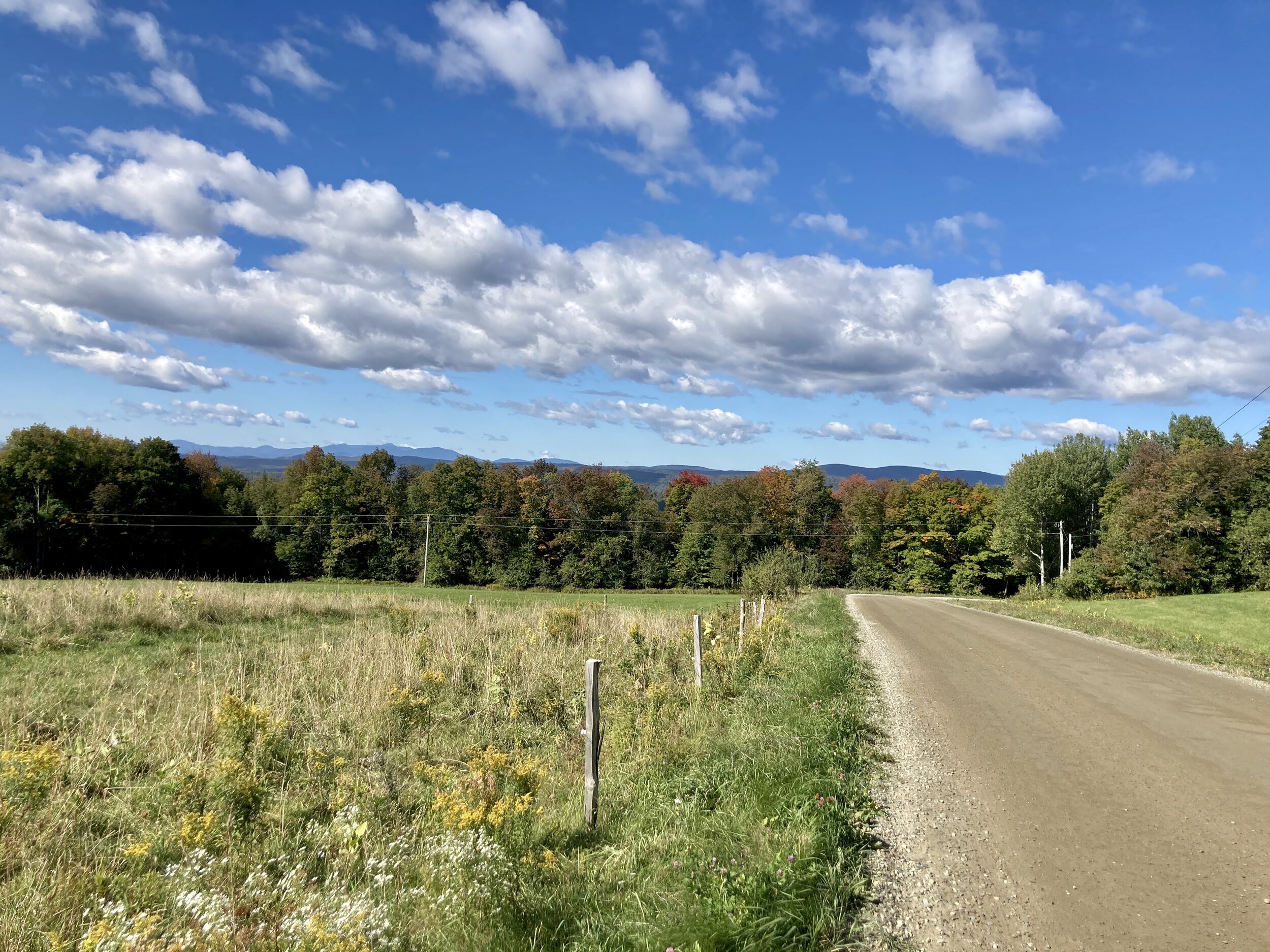Hill Workouts: Hill Circuits
Hill workouts - the gift that keeps on giving! Over the past few months we’ve covered hill sprints, long hill reps, and short hill reps. Each of these workout has focused primarily on the speed and strength gained from hard uphill running. While there is clearly much to be gained from running up hills fast, there is also an enormous amount of value in practicing running downhill and transitions (from up to down to flat) quickly and efficiently. This brings us to the most diversified and interesting type of hill workout: hill circuits.
What: Hill circuits can take any number of formats. The fundamental feature in all hill circuits is that the workout include fast segments on uphills, downhills, and flat sections. This can be done through a simple loop with one up, one down, and one flat section, or can become more complex (and exciting!) by incorporating multiple hard segments of each at varying lengths and intensities. The possibilities are endless, just like the potential fitness gains from this style of hill workout!
Why: It’s important to teach our bodies to be able to run hard over all types of terrain. What goes up must come down, right? The transitions between each is also critical to efficient running and racing in all disciplines. Cross country runner? Being first at the top of the big climb isn’t enough if you get passed on the long downhill to the finishing field. Marathoner? Think about the first and final miles of the Boston Marathon - if your legs aren’t ready for long sustained downhill running, your quads will blow up and you’ll struggle to the finish. Trail runner? Trail races are often won on the downhill and rolling sections, not the big climbs; you need to be able to run steep, technical downhills smoothly and strongly.
When: Given their focus on transitions and varied hill running, hill circuits are beneficial at any point in your training cycle, but perhaps most specific to the mid to later phases of your training. The transition work will translate directly to race efforts. However, because hard downhill running puts a much greater stress on your body than hard uphill running, it is recommended that you do a few uphill focused workouts first to build leg strength. Because of the heightened impact of downhill running, it is also smart to not always do hill circuits as your hill workout and to not do a hill workout close to race day.
How to do it:
Pick your loop. Hill circuits are specific to the loop or stretch of terrain you choose to run them on. Choose a loop with rolling terrain and varying transitions. A good hill circuit loop will include (in no particular order) a short sprint-worthy uphill, a shorter downhill, a longer more gradual uphill and downhill, and a flat section or two. Having hills of varied length allows you to work top-end uphill and downhill speed as well as steadier, longer efforts. The flat sections sprinkled throughout help you practice running fast and efficiently as your legs fatigue from the uphill and downhill work.
Don’t have a loop? You can run an effective hill circuit with any uphill that is preceded or followed by a flat or downhill section. For example, if you have a short hill in your neighborhood, you could begin the hill circuit by running up the hill hard, extending the fast segment over the top of the hill and along the flat, then turn around to run easy back on the flat to the top of the hill, then run hard down the hill and along the lower flats, then turn around and run easy back to the base of the hill to do it again!
Ditch the watch. You don’t need a watch for this workout - it’s all about the terrain you are on at any given moment. Go by perceived effort, and work each segment as prescribed when you mapped out the workout loop. Find your flow and let it rip!
Run hard over the hills. Remember that running the transitions efficiently is a key component to this workout. Many runners struggle with running strong up and over the top of hills, naturally relaxing when they get to the top of the hill. There is so much speed to be gained and seconds to be won by running hard as you crest the hill and for a few strides over the top. A great way to practice this is to bake it into the workout itself, including a hard flat section at the top of a hill as part of the designed workout.
Keep it interesting. Mix up the loop and terrain you use for your hill circuits. Even if you use the same loop for each hill circuit you tackle, try switching up where the hard segments are from workout to workout. Variability is key to continued running development and progress!

